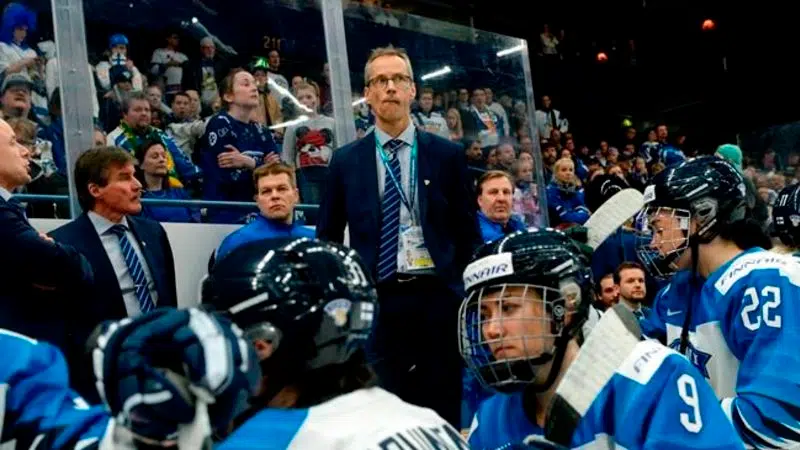
Finnish Leafs forward Kapanen thinks refs made wrong call in women’s final
A Finnish forward for the Toronto Maple Leafs thinks his country should have won the world women’s hockey championship.
Kasperi Kapanen doesn’t understand why a Finland goal in overtime of the final against the United States was waived off after a lengthy review on Sunday. The teams played out the rest of overtime without a goal before the Americans won in a shootout in Espoo, Finland.
“It was a little crazy. I think it should have been a goal … the goalie’s out of her net and they’re going to call a penalty anyway,” Kapanen said.


